Sowing in My Raised Beds in Fall
I usually don't sow much now, at least not if I expect to harvest this year. But I wanted to test my limits and try to sow in my raised beds in fall too. Here's how.
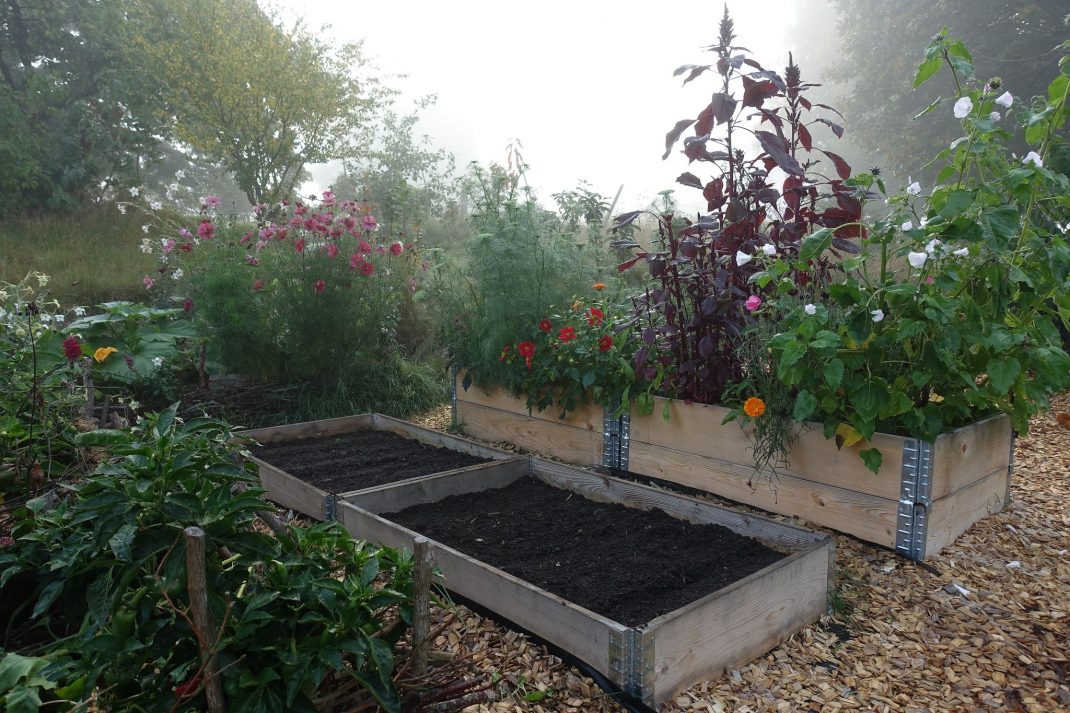
I'm sowing in my raised beds in fall. Even here in zone 3! Maybe it's a crazy idea. But I'm going for it!
This fall is so far surprisingly warm and beautiful, with just a few nights of frost a week or so ago. Only the vegetables in my kitchen garden froze but everything in the cottage garden seems to be doing just fine.
I harvested the last of my vegetables in the new raised beds I created this summer. But I'm not done yet. I decided to do a second sowing in my raised beds in fall too! Perhaps a gutsy decision up here in zone 3. Mainly because I normally don't do sowings so late. But before we get to that, I want to talk about the vegetables I decided to put in my raised beds in fall.
Read more: How to grow potatoes in a raised bed
My Sowing
I made two raised beds in the sloping cottage garden on the hill. Learn more about how I created these raised beds by checking previous articles on the blog.
On the 29th of September, I sowed six rows of vegetables in each raised bed. The upper bed:
- pea shoots
- lettuce
- baby bok choy
- arugula
- lamb's lettuce
- purslane
More about raised bed gardening: Mulching raised beds
I used the lower raised bed for spinach and sowed six rows of the variety Puma RZ here. The variety is supposed to be done after 40 days but I haven't tried sowing it this late in the year (here in zone 3.)
All the varieties I'm using here (except for the spinach) come from my own collection of seeds called Sow all year round. These seeds were chosen for their hardiness and you can find them in many large garden centers in Sweden. For my international readers, I would of course recommend that you find suitable varieties of these vegetables from other companies.
Read more: How to grow lettuce in raised beds
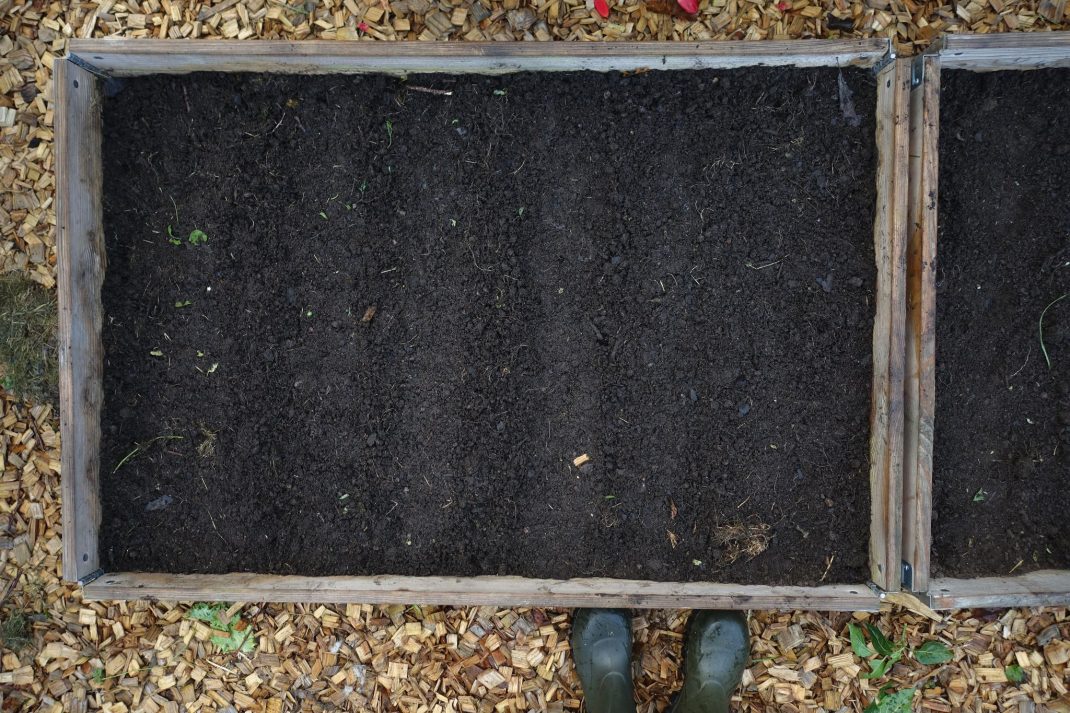
I poured plenty of water on top of the soil before sowing, and I also mixed a little comfrey tea fertilizer in there. All of it the day before sowing. Generally, the seeds germinate better if the entire bed is equally damp everywhere.
The Late Sowing
Like I said, I don't normally sow these leafy greens outside so late when I plan on harvesting the leaves the same year. But then on the other hand, this fall is a lot warmer than normal which means that it could still make sense to give it a try. I decided to go for it as soon as the weather report showed nightly temperatures of around 50 degrees (10 degrees Celsius.) During daytime, we have around 55-60 degrees (13-16 degrees Celsius.)
Before sowing, I removed any old plants and watered the soil with comfrey tea fertilizer to give the soil an extra boost. The leafy greens I'm growing now all need nutrient-rich soil.
The vegetables I chose both grow and germinate very quickly. So, I don't need to wait very long before the plants shoot from the ground. Carrots can sometimes take a month to grow, which is a lot of valuable time to lose. The leafy greens should on the other hand germinate withing days. At least if the seeds are in the upper layer of soil. These ones are however covered by 0.5 inches (around 1 cm) of soil, so I don't expect them to germinate quite yet. But soon!
Read more: Winter-sow fast-growing leafy greens
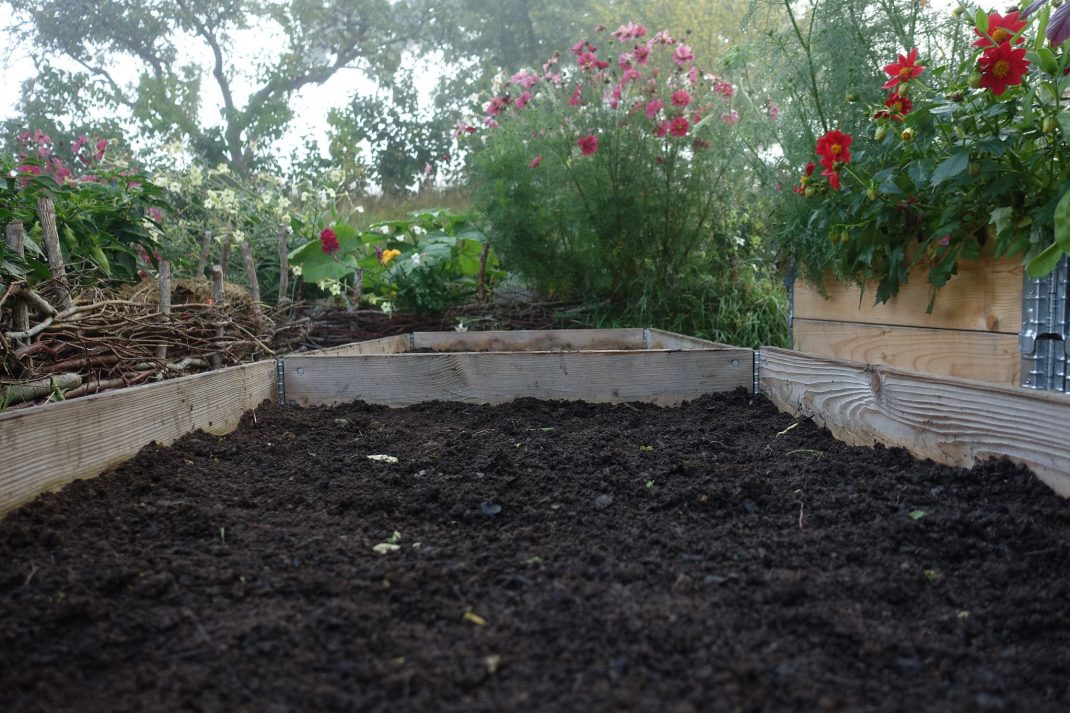
As soon as I notice colder weather coming, I immediately put row cover or a plastic lid on top.
Pea shoots should most likely be done first. It should take around two weeks in this weather. Give or take a few days. I also have high hopes for the baby bok choy. It usually grows very quickly and you can start harvesting perfectly crispy little leaves only a few weeks after sowing. So, don't miss out on it! The other leaves need around a month to grow. Which means that the weather needs to be decent for at least a while. It can absolutely work as long as the weather stays the same, or perhaps if it only gets a little colder in the near future.
Read more: 4 Organic fertilizers for your garden
Don't forget to think about the light! We get less and less of it in fall and usually only a few plants survive the darkness of mid-November for example. My hope is that at least some of my vegetables will be able to produce leaves until then.
What about the other ones? Well, I was very particular about which varieties to grow in my raised beds in fall. Most of them can be overwintered here and harvested in spring. So, two in one that is! Purslane, lamb's lettuce and spinach can be overwintered a normal season and even lettuce might make it too as long as we get a mild winter.
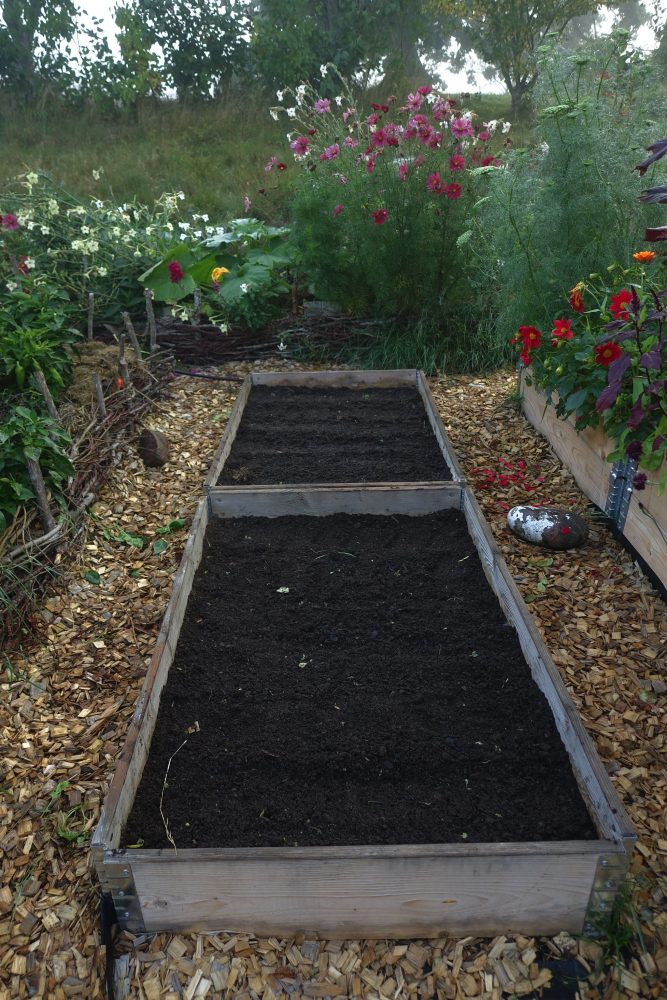
I just love watching the different stages of development.
It might not look like much now, but what if the weather stays around the same? I'm excited to see if it works!
/Sara Bäckmo
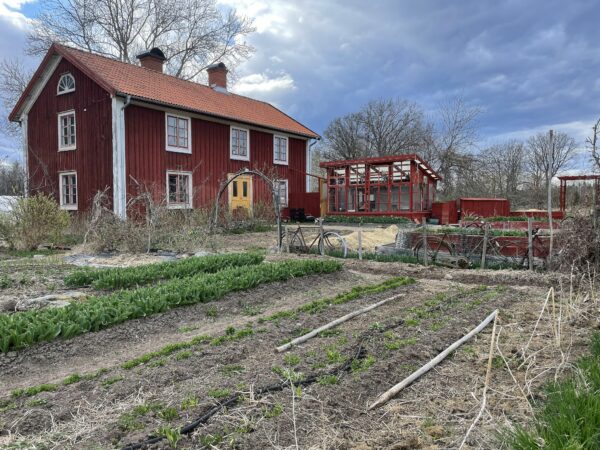
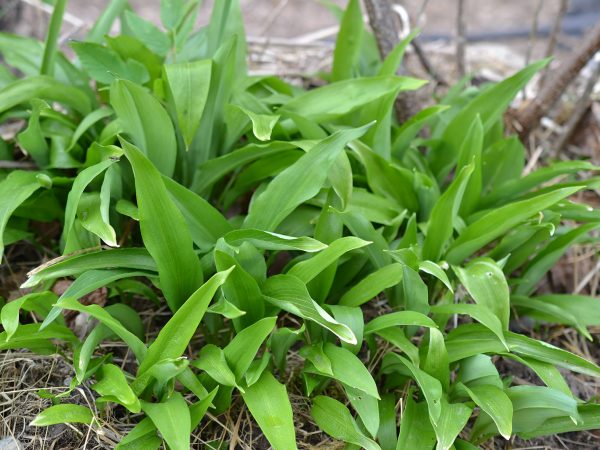
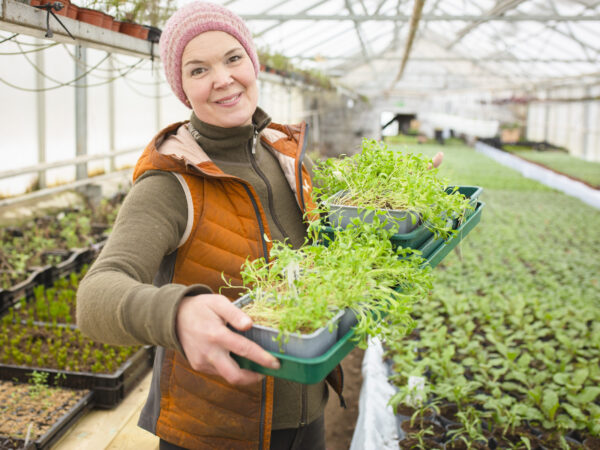
Leave a Reply